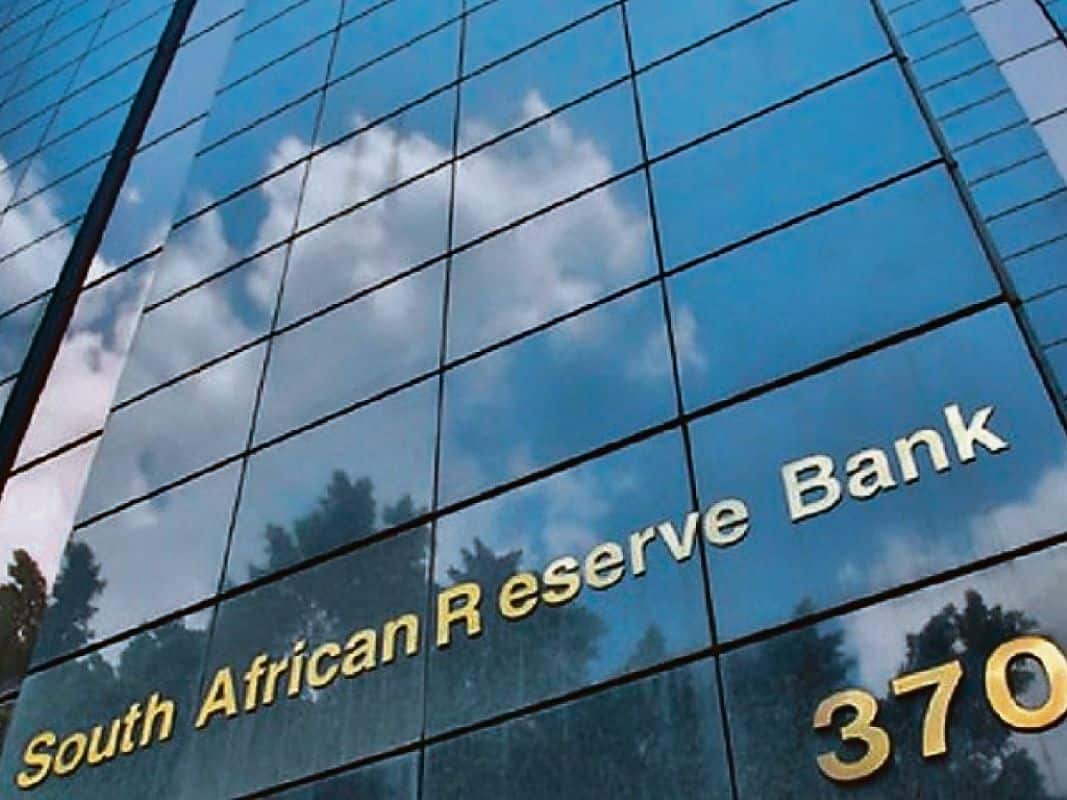Global Courant 2023-05-30 14:21:50
Main image: working day
Yesterday, the SARB released its Financial Stability Review (FSR) for December 2022 to May 2023. The SARB argues that systemic risks have increased since the last edition of the FSR in November 2022 due to both global and domestic idiosyncratic developments. Globally, systemic risk has increased due to persistently high inflation, concerns about the resilience of the global banking system, rising global interest rates and downward revisions to global GDP growth. Meanwhile, weak GDP growth and structural bottlenecks in economic activity, particularly in electricity and transport infrastructure, have created systemic risks domestically. Particularly through the Financial Sector Contingency Forum, the SARB continues to plan for the “unlikely but not impossible” situation of a national power grid collapse, where the risk is likely to increase, albeit from low levels.
The SARB downplays the risk of a Silicon Valley Bank situation in South Africa. The FSR notes that ‘a domestic mitigating factor is that banks with the largest share of South African government bonds relative to their total assets are not systemically important’. (That being said, one could, in our view, make the same claim about SVB in the US). However, the SARB notes that conservatively regulated banks remain resilient as measured by their overall ability to maintain “adequate capital and liquidity buffers to cushion the impact of shocks” and despite the global banking sector’s challenges, the financial sector of South Africa function well.
Notably, the SARB has added two new risks to its Risk and Vulnerability Matrix (RVM). According to the SARB, “The RVM provides a forward-looking assessment of the main risks to financial stability in South Africa in the short, medium and long term, taking into account mitigating factors.” In this case, the forecast horizon is ‘until at least May 2024’. The two new added risks are (a) capital outflows and declining market depth and liquidity and (b) secondary sanctions amid heightened geopolitical polarization. The SARB notes that idiosyncratic domestic factors such as inadequate electricity supply, political instability and FATF graylisting have exacerbated the first of these two risks. Meanwhile, “the risk of secondary or indirect sanctions being imposed on South Africa because of its stance on the war between Russia and Ukraine has increased since” the November edition of the FSR and thus warranted inclusion in the RVM.
We expect a headline budget deficit of R68.4 billion in April when the National Treasury releases the data at 2pm local time today, much higher than the R45.2 billion deficit recorded in April 2022. Our projection is consistent with preliminary funding data released earlier this month. April is the first month of the fiscal year; therefore it will be too early to draw a clear signal from one month’s data on the outlook for the rest of the year.
But as we argued in South Africa Quarterly Perspectives: No growth without power (May 2, 2023), we see a large budget deficit of 5.2% of GDP in 2023/24 versus the NT target of 3.9% as a result of weak tax revenue growth and spending pressures from the public sector wage deal.
We think that growth in credit to the private sector slowed in April. The SARB is due to release private sector credit extension data for April at 8am today and we believe that bank lending growth to the private sector slowed further in April due to higher interest rates. We expect growth to slow for the third consecutive month to 6.9% y/y in April (Thomson Reuters consensus: 7.3% y/y) from 7.2% in March.
The government will provide an update on the Operation Vulindlela (OV) economic reform program this afternoon. The Presidency announced yesterday that the Presidency Minister Khumbudzo Ntshavheni will hold a press briefing today at 2pm local time to provide an update on the progress of reform implementation. OV is a joint initiative by the Presidency and the National Treasury to accelerate the implementation of reforms, particularly targeting network industries, ie electricity, transportation, water and digital communications. The government previously promised to provide quarterly progress reports, but the latest update was on December 15 last year. At that point, only 7 of the 35 reform targets had been completed, while 5 were judged to be on track (see South Africa – Some Further Progress on Economic Reform, 6 January 2023).
Eskom escalates rotational power outages to Phase 6 in the evenings. Yesterday, Eskom pushed load shedding to Phase 6 at night, but left it unchanged at Phase 4 during the day. The move comes after the utility indicated it would implement Phase 5 at night. Eskom attributes the escalation in the intensity of the power outages to the delayed recommissioning of ten of its production units. Yesterday, the number of outages rose to 18,751 MW against a background of rising electricity demand during the cold winter months. Meanwhile, planned outages amounted to 2 407 MW, bringing Eskom’s total energy availability factor to just 55% of installed capacity.
SARB has released its Financial Stability Review
World News,Next Big Thing in Public Knowledg








